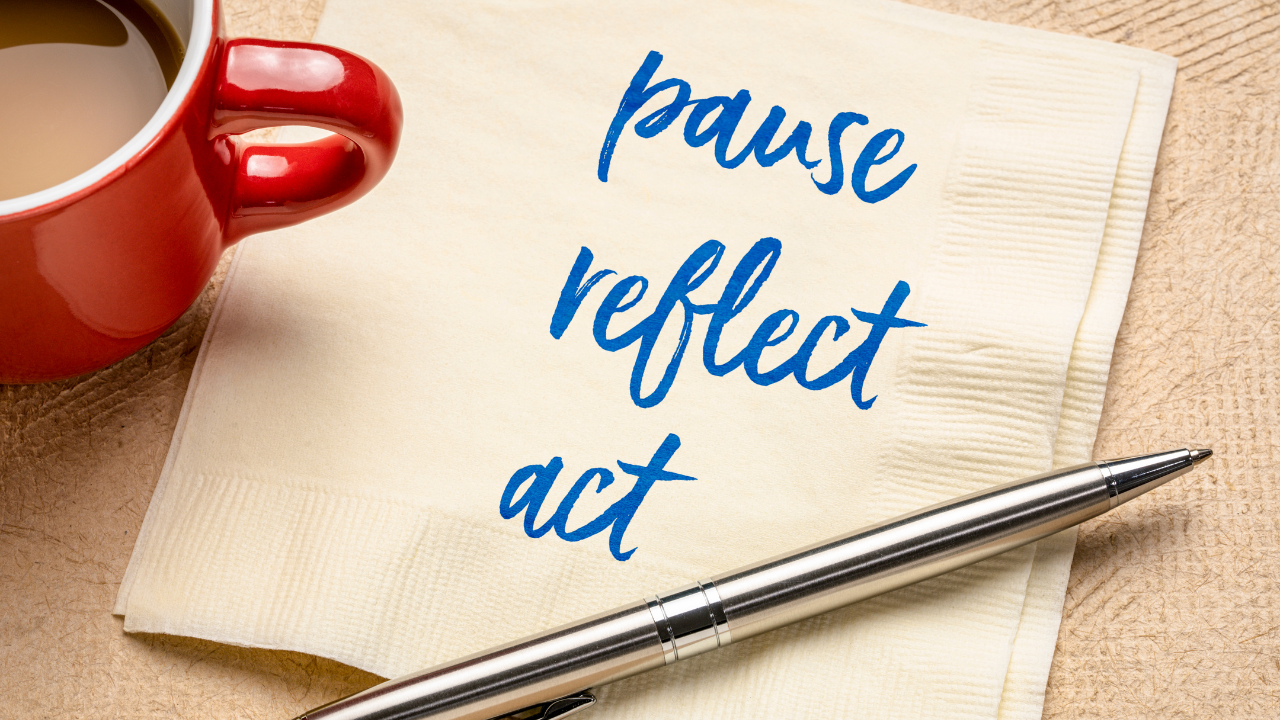17 Mar How to Reverse Type 2 Diabetes: The Truth About Motivation and Lasting Change
Have you ever felt like you’re doing everything right—eating healthy, exercising, and monitoring your blood sugar—but the results just don’t reflect your efforts? Motivation alone might not be enough to help you achieve lasting change. In this blog, we’ll explore how to build self-discipline to support your journey in reversing type 2 diabetes and achieving sustainable health improvements.
Why is relying on motivation a common mistake in reversing type 2 diabetes?
Motivation feels powerful in the moment, but it’s temporary. You might start strong after a high blood sugar reading, a concerning weight gain, or a visit with your GP. You plan meals, workouts, and lifestyle changes—but life happens, and motivation fades. Cold mornings, stressful workdays, and social events can all make it hard to stick to your plan.
Relying solely on motivation is like building your health foundation on shifting sand. When motivation disappears, old habits return, creating a stop-start cycle that can leave you frustrated and stuck.
What is the role of self-discipline in reversing type 2 diabetes?
Self-discipline is the ability to take action even when you don’t feel motivated. Unlike motivation, it is a skill you can develop over time. By building self-discipline, you create a reliable foundation for lasting change, supporting blood sugar control and overall health in the process.
Here’s a quick embedded video that explains the truth about motivation and how to harness self-discipline:
What are the five key strategies to build self-discipline?
1. How can I start with ridiculously small steps?
Trying to overhaul your lifestyle overnight rarely works. Start tiny. For example, lay out your workout clothes the night before or prep a single healthy meal. These small wins build confidence and gradually compound into larger habits, supporting your journey to reverse type 2 diabetes.

2. How can I engineer my environment to support health?
Your surroundings impact your choices more than willpower alone. Move tempting snacks out of sight, organize your kitchen, or set up reminders for activity. By designing an environment that supports your goals, you make healthy habits easier and self-discipline more sustainable.
3. How can I pause and redirect urges?
When faced with an urge that conflicts with your health goals, pause for 10 minutes. Make tea, call a friend, or do a small chore. By giving yourself a pause, you strengthen mindful decision-making, helping you maintain consistent behaviors for blood sugar control and diabetes management.
4. How can I embrace setbacks as learning opportunities?
Everyone has off days. Skipped workouts or indulgent meals aren’t failures—they’re feedback. Acknowledge what happened, identify one actionable adjustment, and take one positive step immediately. This approach fosters resilience and keeps you moving forward toward reversing type 2 diabetes.
5. How can I connect with my deeper “why”?
Motivation fades, but your deeper reasons—like improving energy, health, and longevity—can sustain your actions. Reflect on why you want to reverse type 2 diabetes and use that purpose to strengthen self-discipline and adherence to healthy behaviors.
How does self-discipline contribute to reversing type 2 diabetes?
By consistently applying these strategies, you create sustainable routines that support blood sugar regulation, reduce insulin resistance, and help maintain a healthy weight. Unlike fleeting motivation, self-discipline ensures long-term success and helps prevent the common stop-start cycle many people experience.

What practical steps can I take today to build self-discipline?
- Start one small habit today, like a 10-minute walk or prepping a healthy snack.
- Adjust your environment to make healthy choices easier.
- Use pause and redirect techniques when faced with temptations.
- Reflect on setbacks and identify small actionable improvements.
- Reconnect with your deeper purpose for health and reversing type 2 diabetes.
Why consistency is more important than perfect motivation
Progress isn’t always visible. Small, consistent steps—like choosing a healthy meal, walking daily, or getting better sleep—compound over time. Even if the scale or blood sugar readings don’t immediately reflect your effort, these changes are creating long-term health improvements.
How can I measure my progress when it feels invisible?
Focus on non-scale wins: improved energy, better mood, consistent habits, and stabilized blood sugar readings. Recognize the hidden victories and celebrate them—they are key indicators of progress toward reversing type 2 diabetes.
Where can I get additional guidance?
For more guidance and structured support, watch the 3-part breakthrough video series or download the free Blood Sugar Guide PDF. Small, consistent changes today can lead to lasting results in your journey to reverse type 2 diabetes.
Final Thoughts
Relying solely on motivation is unreliable for reversing type 2 diabetes. By building self-discipline through small steps, optimizing your environment, pausing before acting, learning from setbacks, and connecting with your deeper “why,” you can create sustainable health habits that lead to real transformation. Start today, and remember: consistency beats motivation every time.
